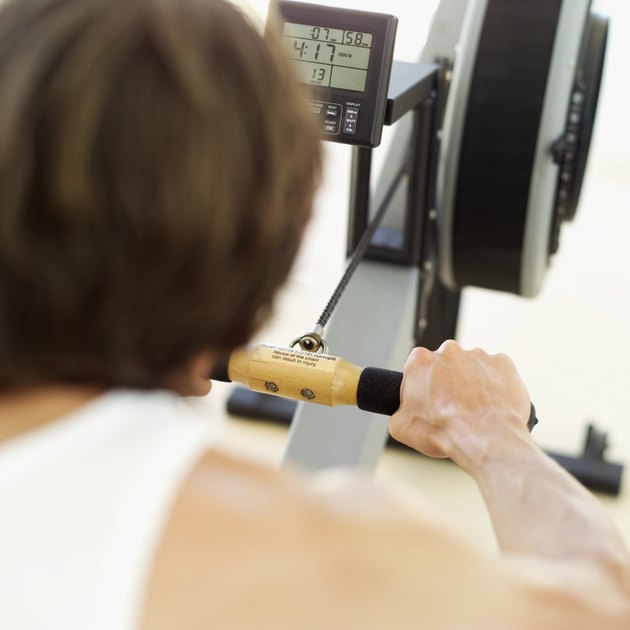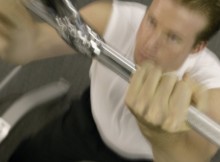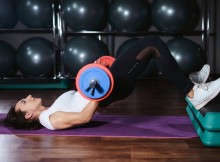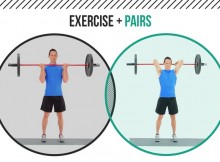Seated Cable Row vs. Bent-Over Barbell Row
Advertisements
Sitting cable rows and prone barbell rows are the main exercises in any exercise program. They are all compound exercises, focusing on your back muscles. When they use the same muscle group, the bent barbell row is a little more advanced than the sitting cable row. You need to fully understand the correct action to avoid injury. Add each exercise to your exercise program to fully target your back muscles; do two to three groups of eight to 12 repetitions.

Advertisements
execute
fix the cable bank by sitting on the workbench and grasping the cable clamp accessories. Sit up straight, keep your lower back straight, and slide your hips back so that your knees bend slightly. When you pull the attachment toward the waist, pull your shoulders back and squeeze the shoulder blades together. Return your arms to the starting position and repeat.
Advertisements
for a prone barbell, stand behind the bar and bend the knees forward from the waist so that the torso is approximately parallel to the floor. When you grip the bar with a wide upper hand, keep your back flat. When the barbell is pulled to the waist by the back muscles, the abdomen is forced and the elbow is bent. At the highest position, your upper arms should be level, close to your sides, and your elbows point to your back. Extend your arms and shoulders down to bring the barbell back to its starting position and complete a repeat. The cable row and the barbell row are all concentrated in the whole back area. In sports, the trapezius, rhomboid, latissimus dorsi and deltoid muscles are synergetic muscles that help muscles in traction. When you return to your starting position, your erector and thigh muscles stabilize. The bent barbell row needs more stability from your core area because you are in a bent position. As a result, your rectus abdominis and scalene muscles help keep your back straight during exercise. There are different versions of cable fixed row according to the cable accessories you use. Gripping is the standard accessory and work, mainly your diamond. The extensive grip attachment allows for a wider range of arms and targets primarily your latissimus dorsi. Using a single grip attachment allows you to focus on each side of your back separately. The position of the hand can change which muscles are the main focus when the barbell is bent. A wide range of lower grip stresses your rear deltoid even more. A shoulder wide handle will give you more emphasis on the latissimus dorsi.
difficulty
Cable sitting is a beginner's practice, you can do it at the beginning of the exercise, but you can still do it at a higher level. Because you are sitting, your body is supported, and your focus is on your back, shoulders, and upper arms. To increase the difficulty, gradually gain weight and continue to challenge yourself. A barbell bent into a row is a slightly advanced activity. It's an independent movement that requires a more stable core than the row in which you sit. If your hamstrings are not flexible and your back begins to circle, you may cause muscle strain. In order to avoid this problem, keep the knee bent a lot during the whole training process.




